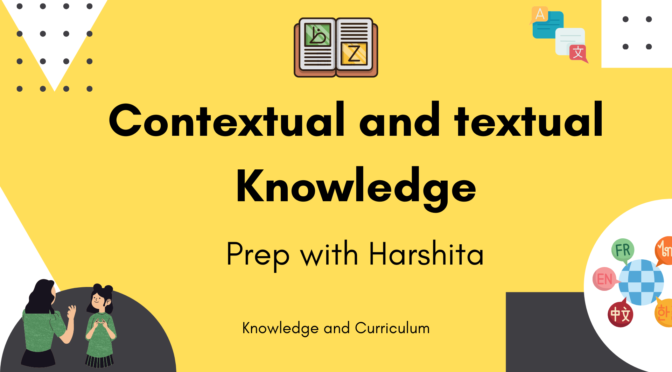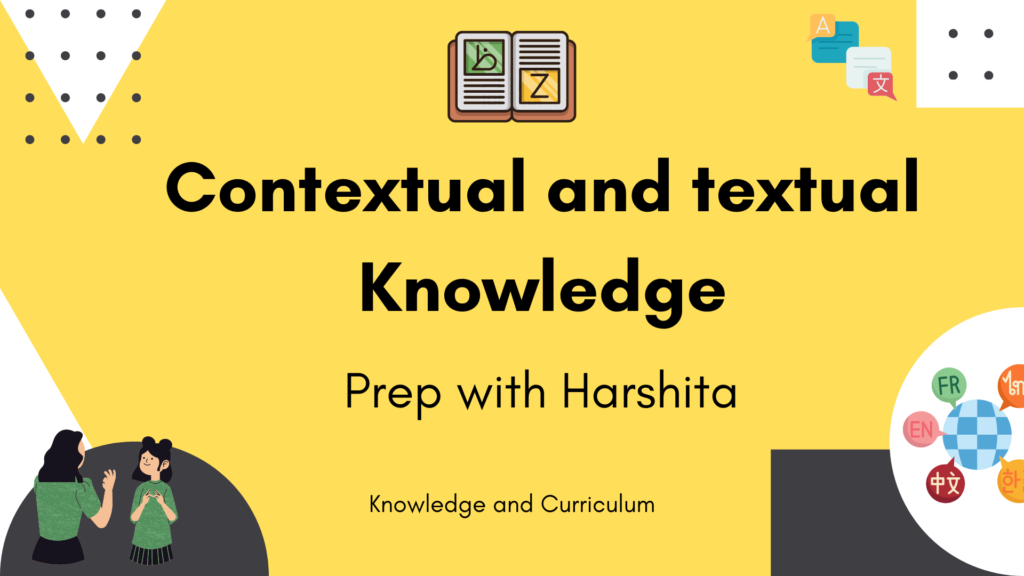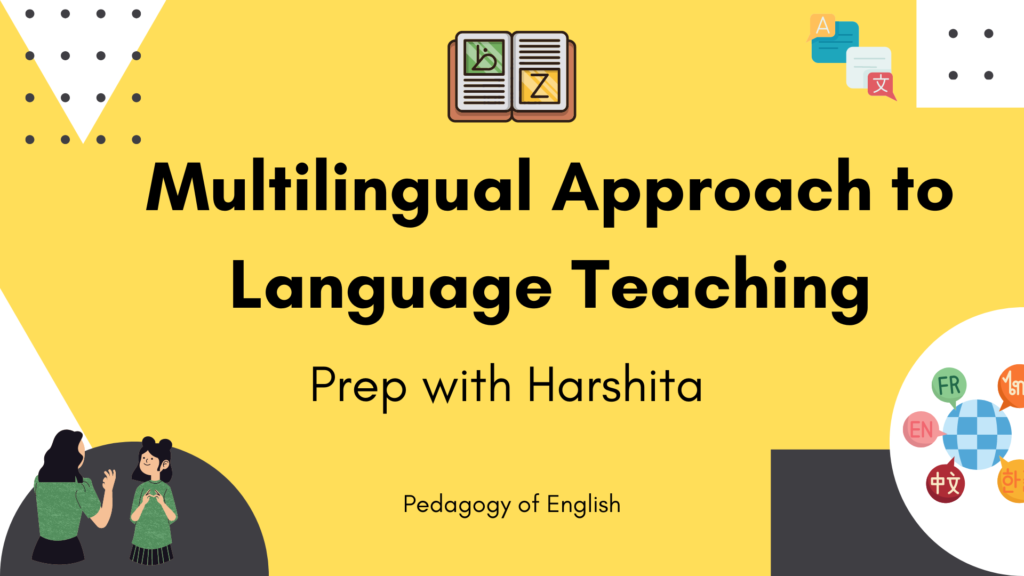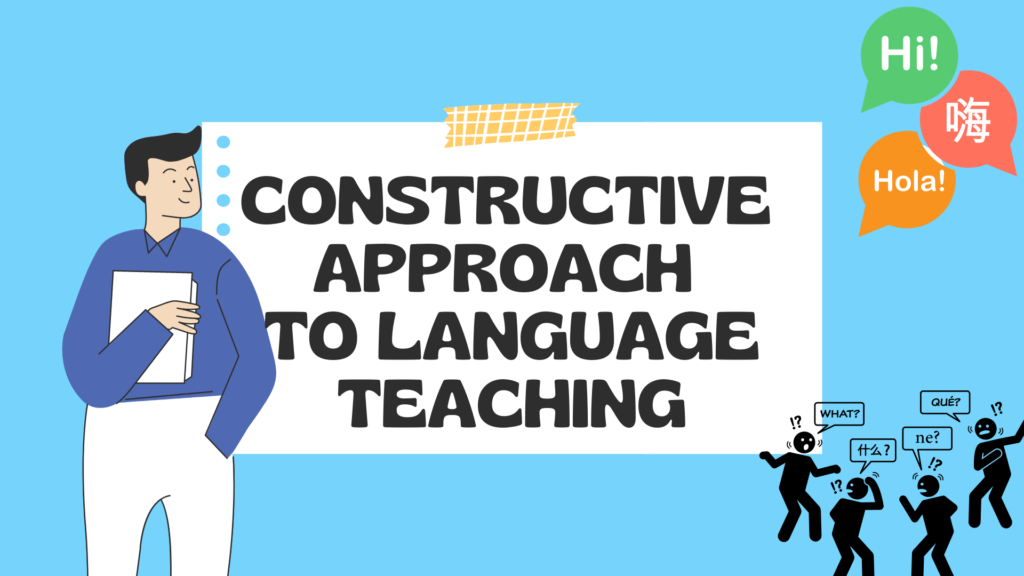In the context of curriculum as product and education, the curriculum can be viewed as a product. A curriculum can be seen as a designed and packaged set of educational experiences, learning goals, and materials that are delivered to students in a specific sequence or order.
The product perspective of curriculum views it as a pre-determined set of educational goals and objectives, organized into a structured program or course of study.
The product perspective of the curriculum is often associated with a top-down, centralized approach to education, where decisions about what should be taught, how it should be taught, and how it should be assessed are made by curriculum designers and policymakers. This approach has been criticized for being too focused on outcomes and not taking into account the diversity of students’ backgrounds, interests, and learning styles.
Overall, the product perspective of the curriculum emphasizes the importance of defining clear learning outcomes, creating effective instructional materials, and assessing students’ progress toward meeting those outcomes. However, it should be complemented with other perspectives, such as the learner-centered and socio-cultural perspectives, to ensure that education is tailored to the needs and interests of all students.
The product perspective of curriculum sees it as a set of planned and organized educational experiences that are designed to achieve specific learning outcomes. Some of the key features of the curriculum as a product perspective include:
- Standardization : It is designed to be standardized across different classrooms, schools, and districts. This approach aims to ensure that all students are exposed to the same content and skills, regardless of their location or background.
- Learning objectives: The approach places a strong emphasis on defining clear learning objectives and outcomes. These objectives serve as the basis for developing instructional materials, assessments, and evaluations.
- Structured content: This approach typically involves a structured sequence of content and skills that students are expected to master. This sequence is often predetermined and follows a logical progression that builds on previous knowledge and skills.
- Assessment: The requires a systematic and standardized approach to assessing students’ progress toward meeting learning objectives. This may involve standardized tests, exams, or other forms of assessment.
- Instructional materials: This approach emphasizes the development of high-quality instructional materials, such as textbooks, workbooks, and other resources. These materials are designed to support teachers in delivering the curriculum and ensuring that students meet the learning objectives.
Also Read : School and Out of School

Also Read : Prep with Harshita








